Tis' The Season For Hurricane
Surviving Hurricane Season
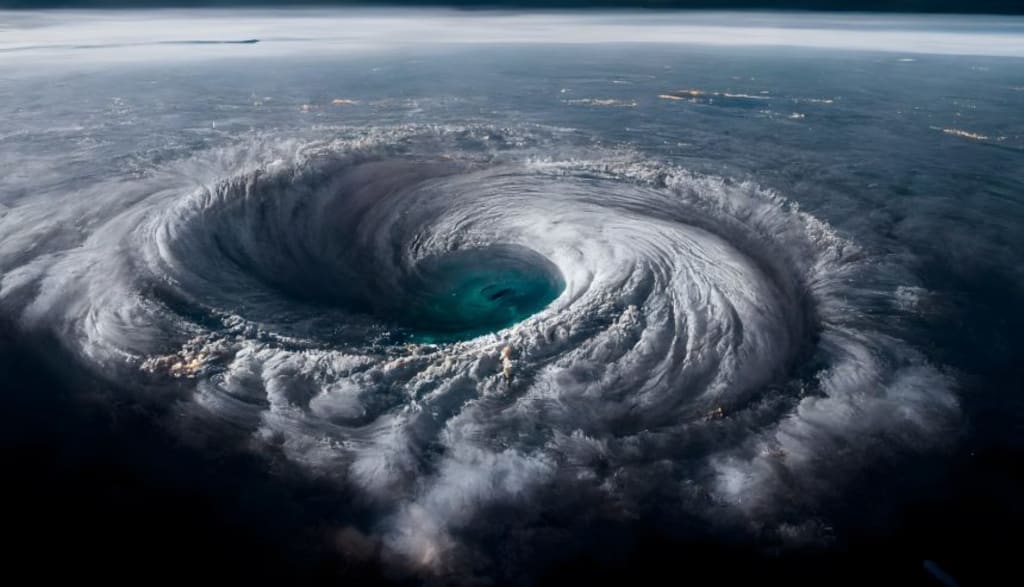
Hurricanes are giant tropical rotating storms that produce heavy rainfall and super-strong winds with a calm center called “The Eye”. They form over warm ocean waters near the equator. Every year there is an average of six hurricanes that will strike the coasts between Texas and Maine, killing 50-100 people. Since 1980, hurricanes have cost the US over 1.3 trillion dollars in damages, averaging $22.8 billion per storm. The NOAA created The National Hurricane Center (NHC) to track storms like these. The NHC has noticed that hurricanes are more likely to strike between June 1st and November 30th. They coined this time period as “Hurricane Season”. With the 2024 “Hurricane Season” starting, here are some tips to get you through it.
The Watches And Warnings System
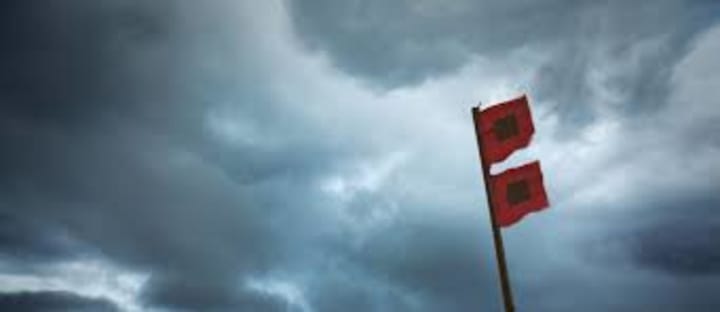
The NHC has multiple types of alerts related to hurricanes. A storm surge watch means there is a possibility of life-threatening flooding in the next 48 hours. Storm surge warnings mean one will be occurring in your area in the next 36 hours. A tropical storm watch means conditions for a tropical storm are possible within 48 hours, while a warning means to expect one in the next 36 hours. Hurricane watches mean one is possible in the area. They are often issued 48 hours before the storm reaches tropical force winds. A hurricane warning is issued 36 hours before it makes landfall. The Coast Guard will use a flag warning system to warn boaters of approaching storms. The flags are red squares with a black square in the middle. One means storm warning, and two means hurricane warning.
The Hurricane Rating System
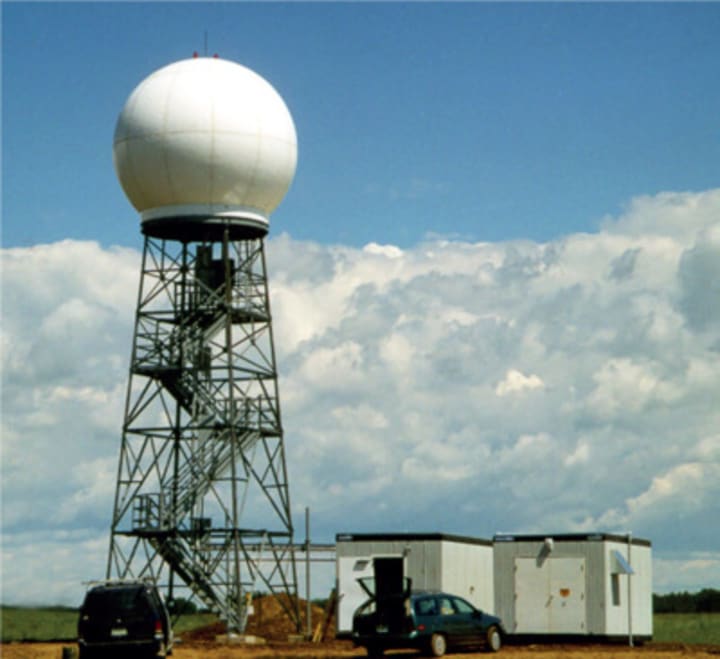
Before it makes landfall, the NHC will rate the hurricane based on the storm’s wind speed. This is called the Saffir-Simpson Category Scale. A tropical storm is when the wind speeds are 40mph- 73mph. A Category One is when the wind speeds are 74mph- 95mph. This can cause slight damage to an area. Category Two is when the wind speeds are 96mph- 110mph, causing extensive damage. A Category Three is when the wind speeds are 111mph-129mph, producing extensive damage. A Category Four is when the wind speeds are 130mph-156mph. This will cause catastrophic damage, like destroying homes and uprooting trees. A Category Five is when the wind speeds are higher than 157mph. This type of storm can wipe out whole communities.
Before A Hurricane Hits
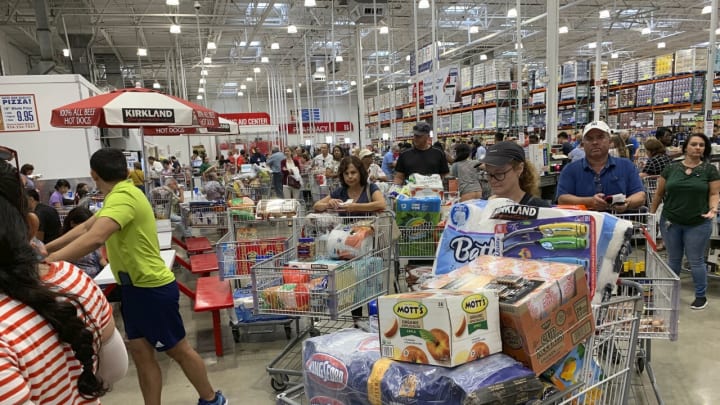
Hurricanes develop in the middle of the ocean, giving you a couple of days to prepare for one. They most likely burn out before they reach landfall, but that doesn’t mean you shouldn’t get ready for it. You’ll want to set up an evacuation plan that takes you inland and away from the storm’s path. If you choose to “ride out” (staying home) the storm, you’ll want to be prepared to be on your own without power for weeks or months. Hurricanes can last from 12 hours to 10 days, so make sure your physical, mental, and emotional needs are covered for two weeks. Get a wind-up weather radio so you can track the storm, so you know when it is safe to head outside. Since you don’t want to leave during the storm, have things like a rainy day box to keep you busy.
Getting Your Home Hurricane Ready
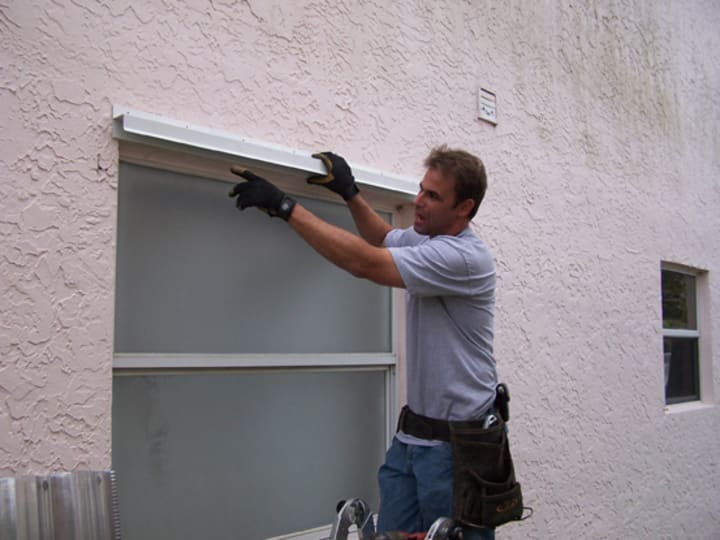
If your home is in the path of the hurricane, you’ll want to protect your property from the storm’s wrath. If you can afford them, install hurricane-impact windows with heavy frames. For homes that were built after 1992, many coastal cities made it a requirement to have them in their building codes. Storm shutters are an excellent substitute if you can’t afford them. Putting tape on them doesn’t do anything but make clean-up easier. Install a metal roof or architectural shingles. Use steel hurricane clips to increase the strength of the connection between your roof and the house. If you have a garage door, reinforce it by installing a bracing kit. Bring in any loose outdoor items like bicycles and patio furniture. The things you can’t bring in, like decks and HVAC Systems, should be secured down the best you can.
About the Creator
M.L. Lewis
Welcome to my little slice of pie. This blog will primarily focus on prepping and homesteading skills with a sprinkle of fiction every now and then.
Enjoyed the story? Support the Creator.
Subscribe for free to receive all their stories in your feed. You could also pledge your support or give them a one-off tip, letting them know you appreciate their work.






Comments
There are no comments for this story
Be the first to respond and start the conversation.